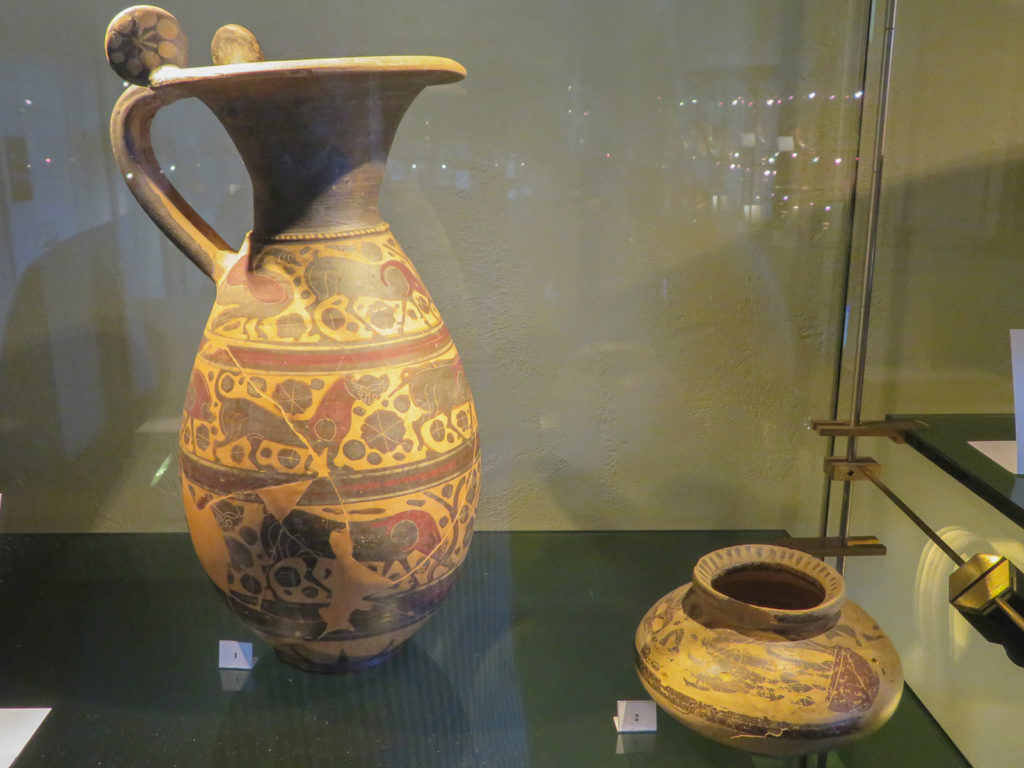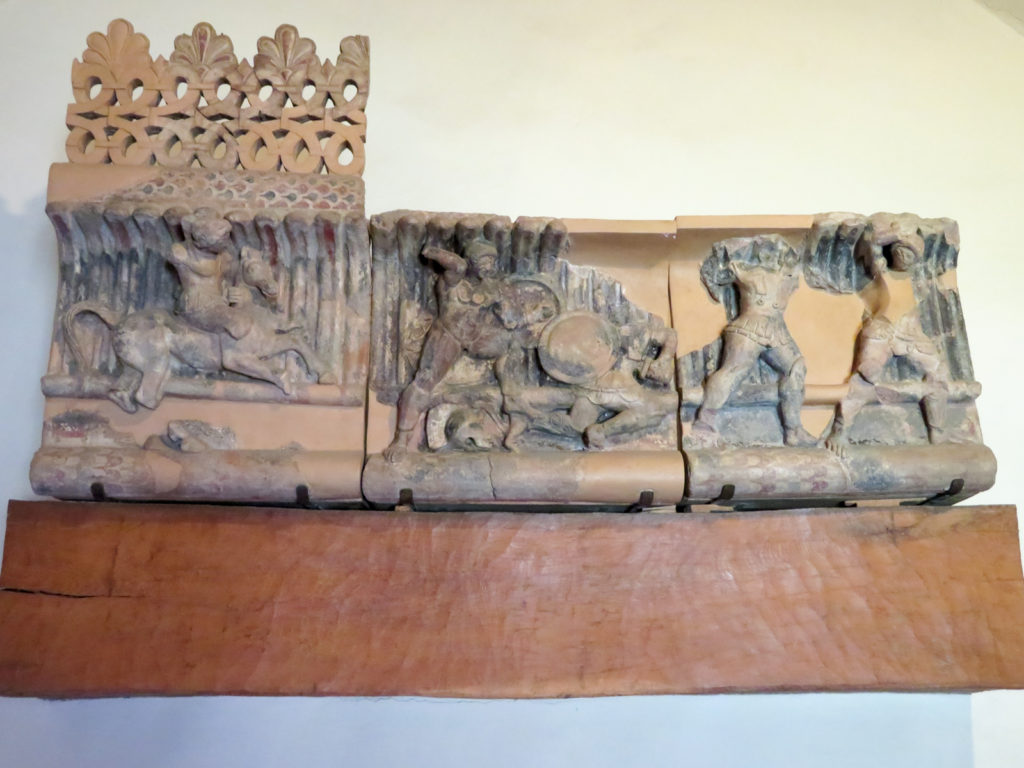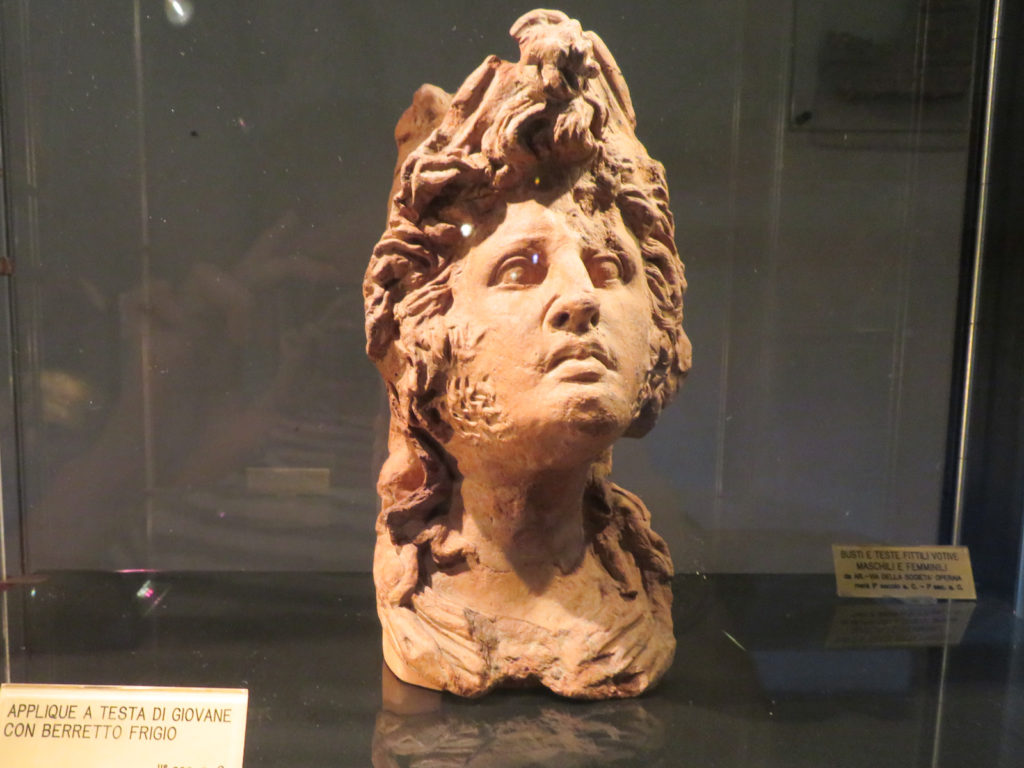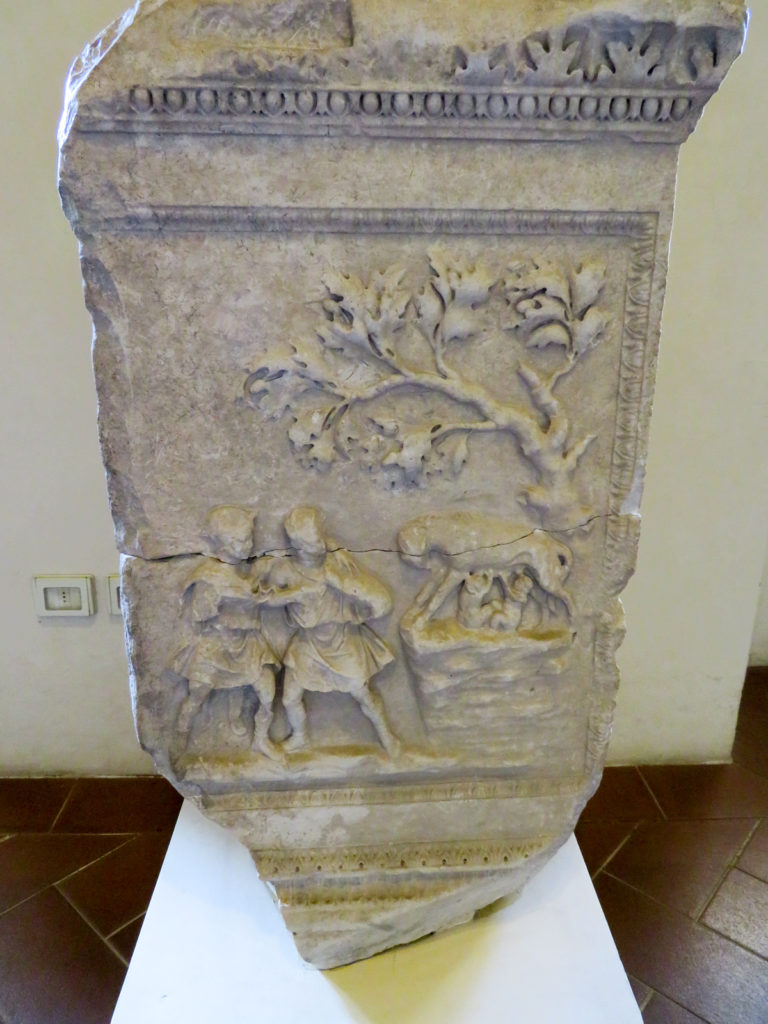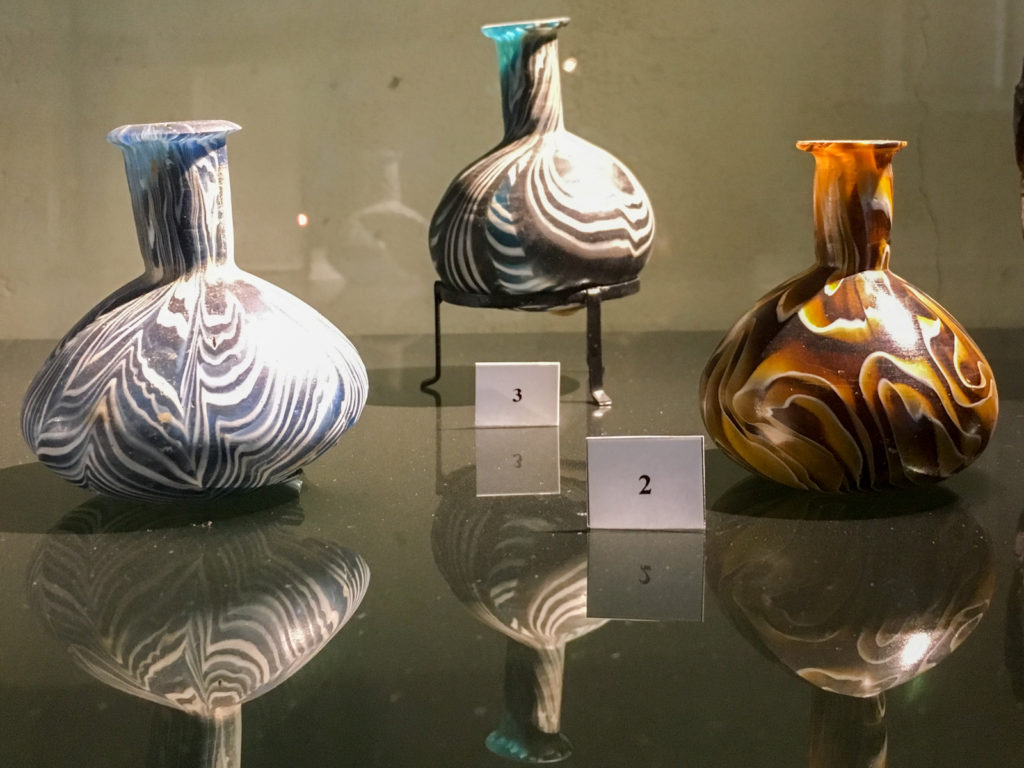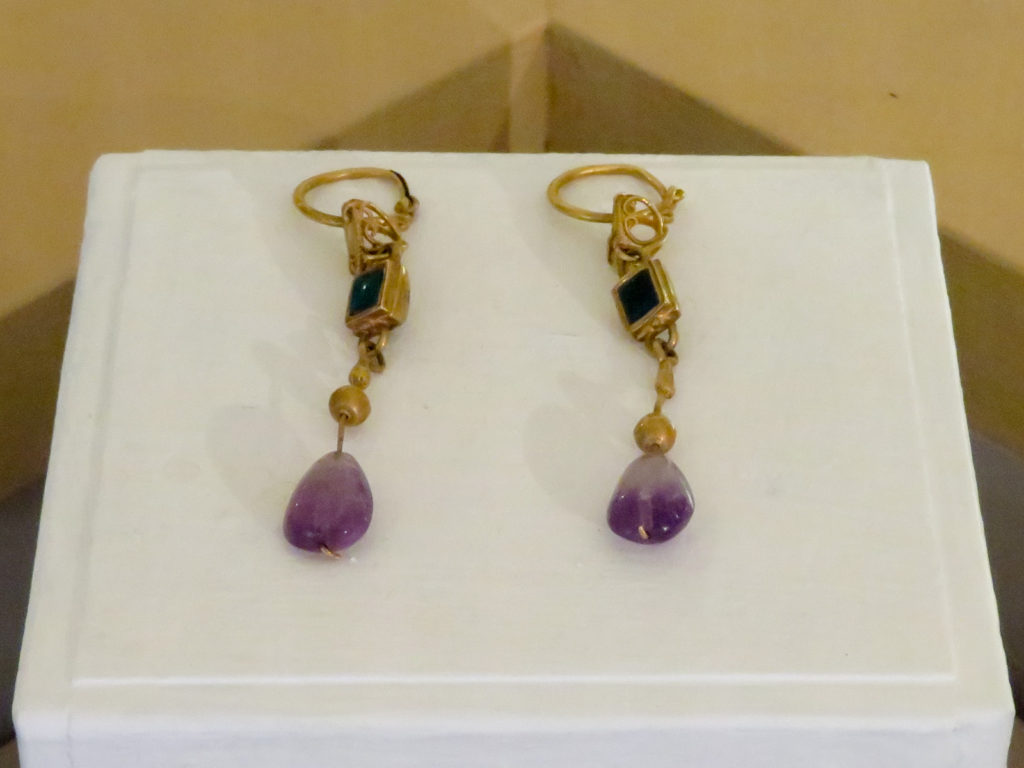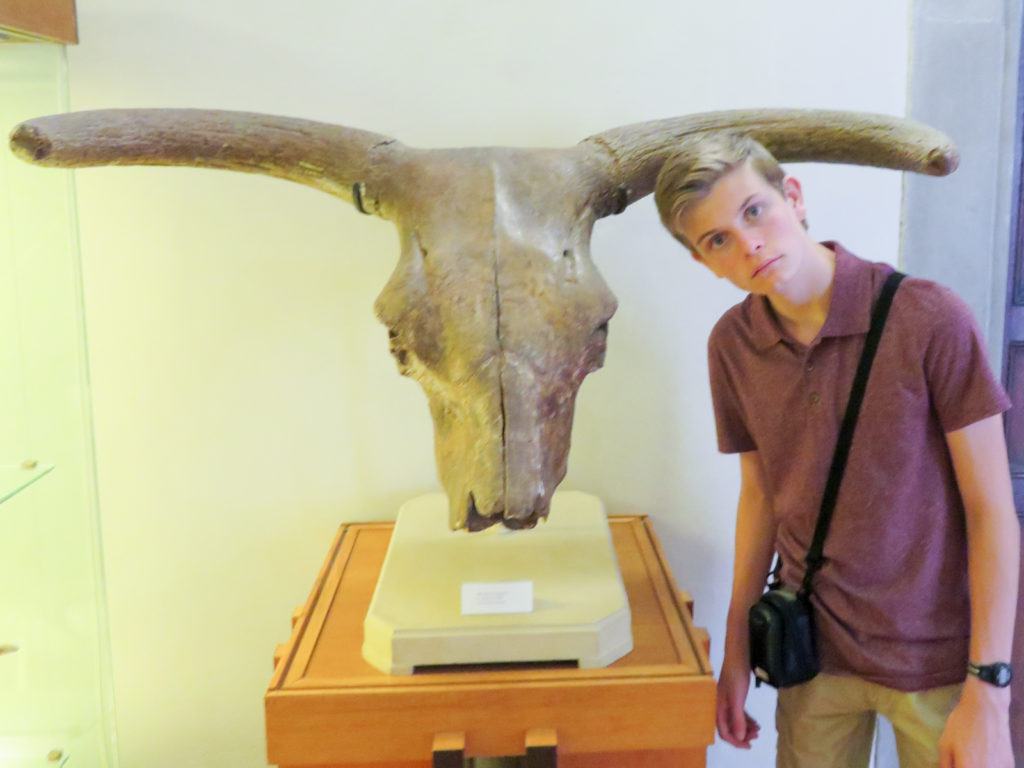Italy Day 3 – Arezzo
Today was our first major excursion in Italy. We drove into Arezzo and met Steve and Rebecca at the train station (they delayed their departure from the US due to a volleyball tournament). Then the two Smuck clans took a walking tour of the city.
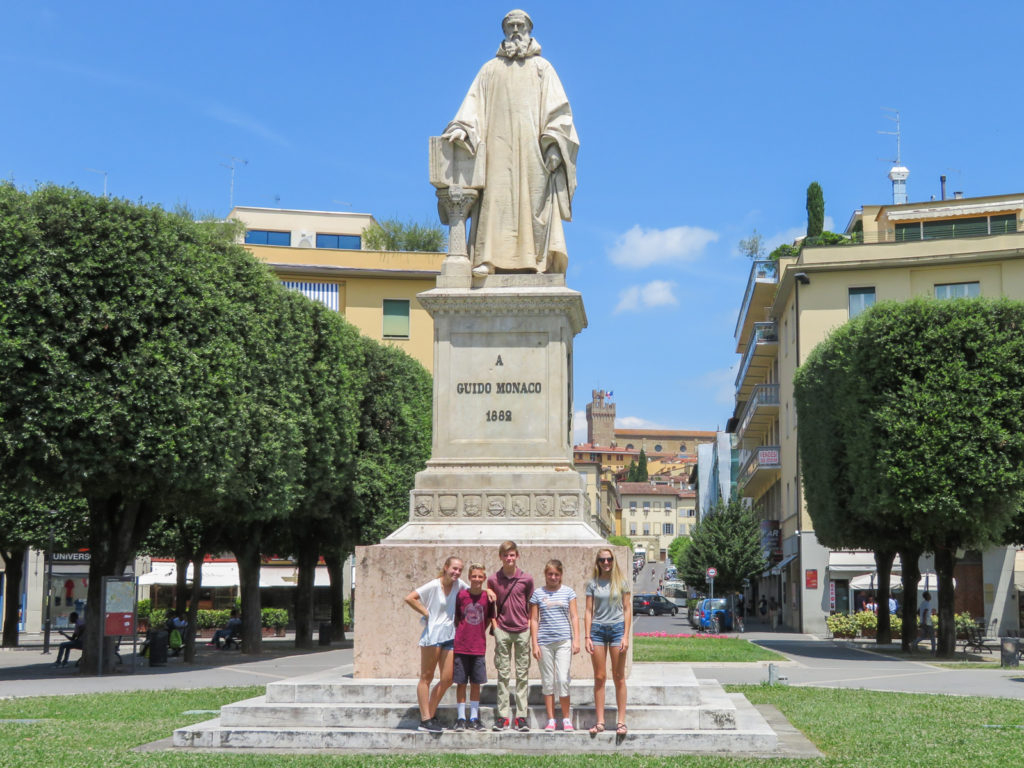
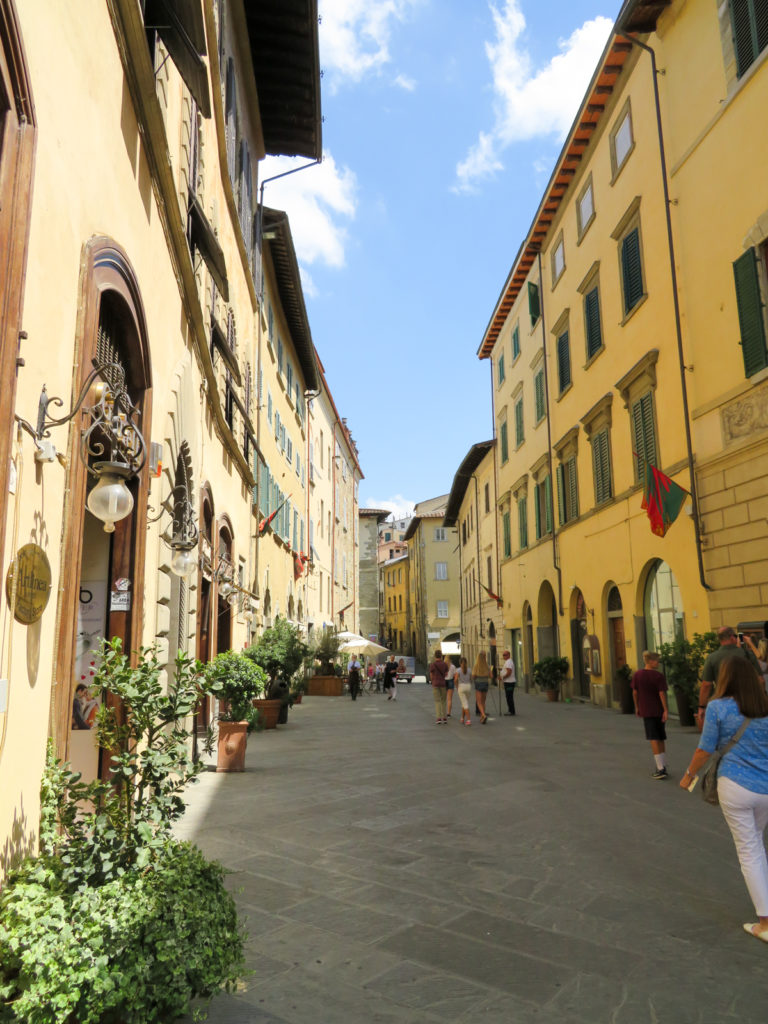
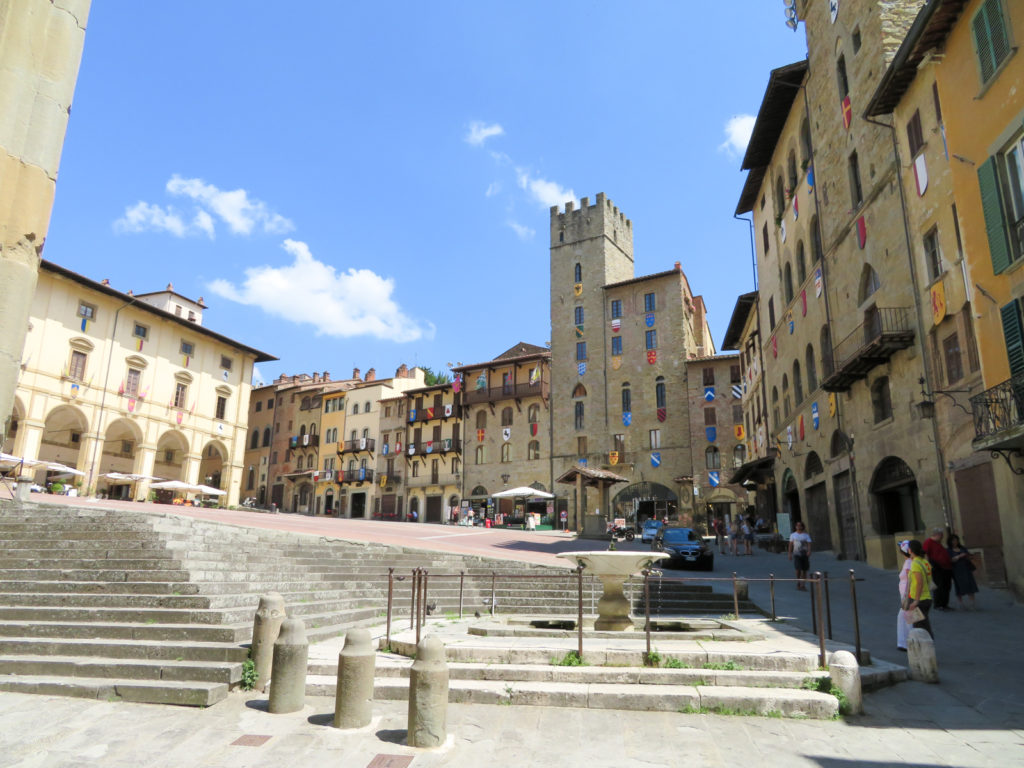
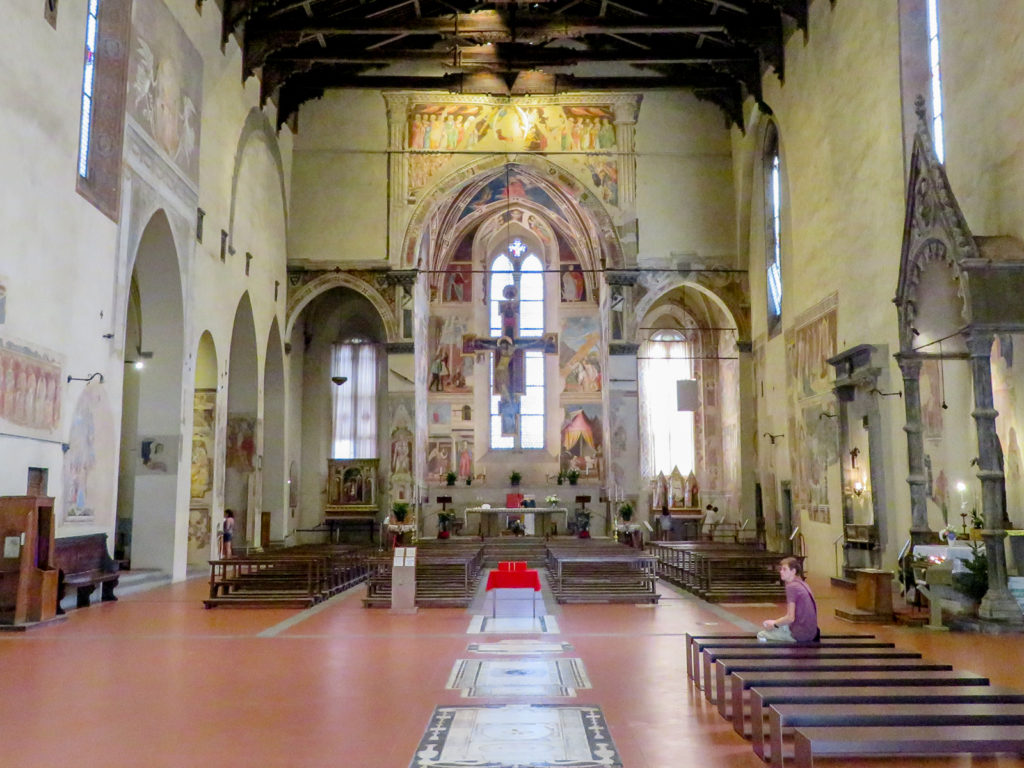
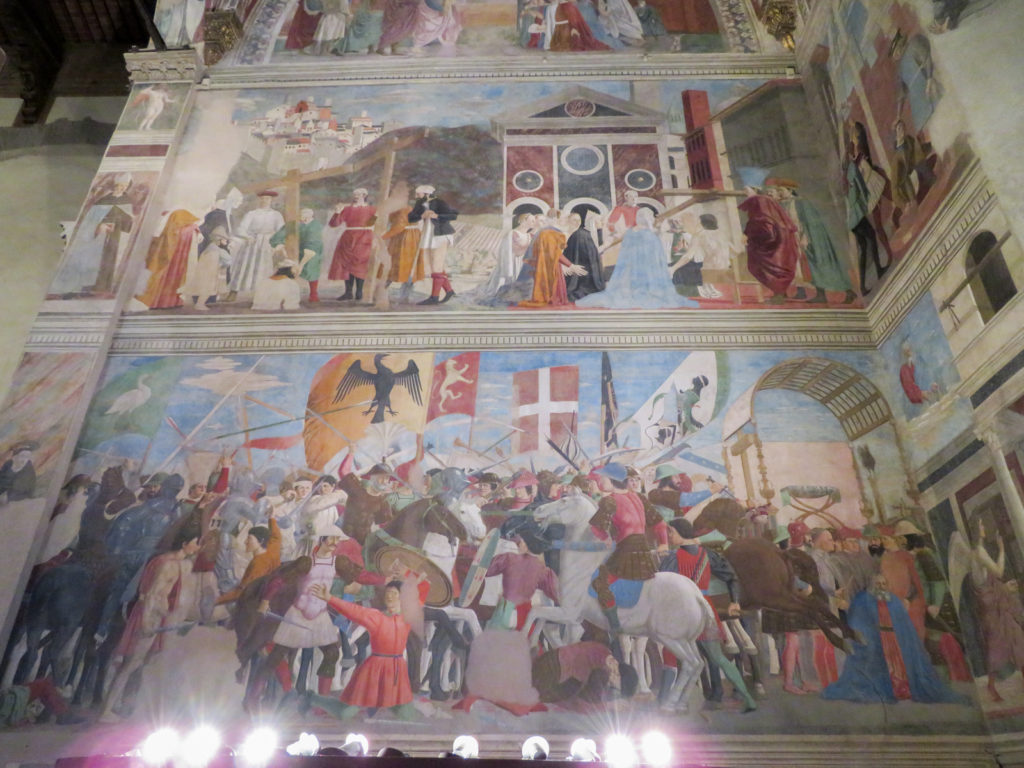
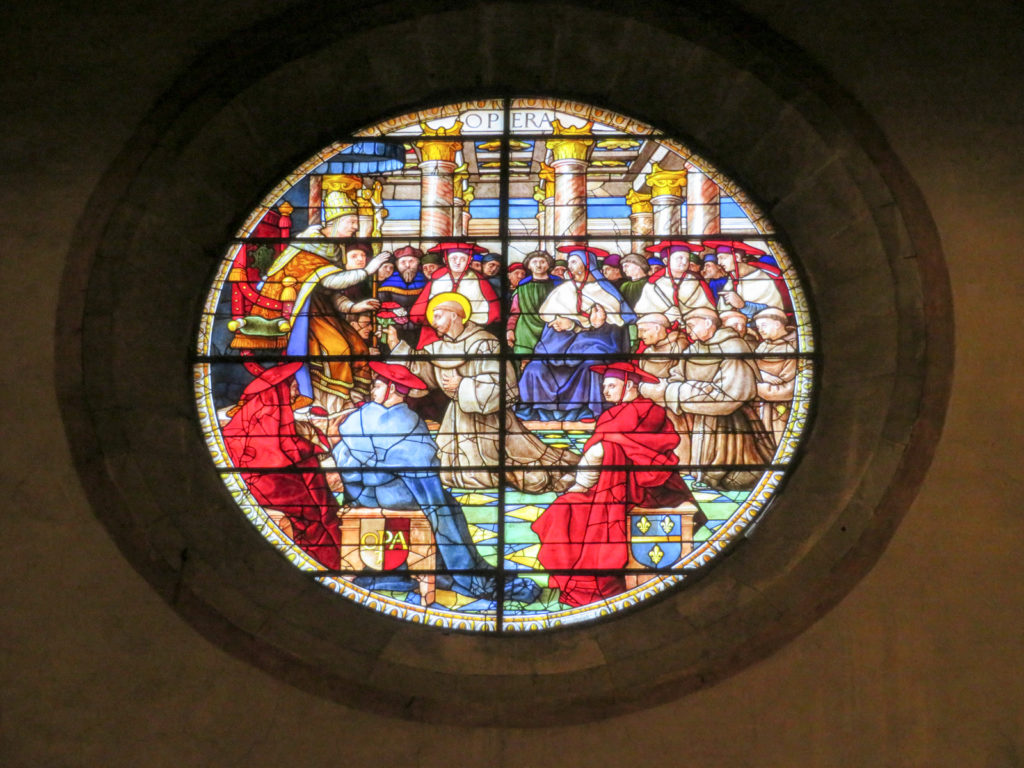
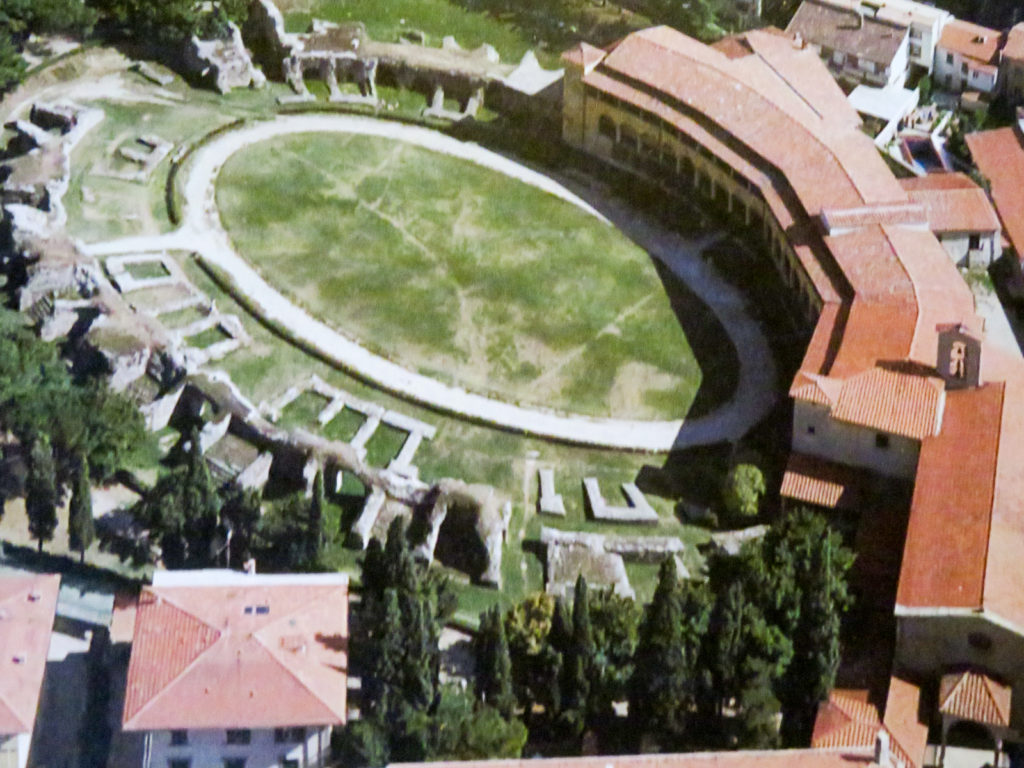
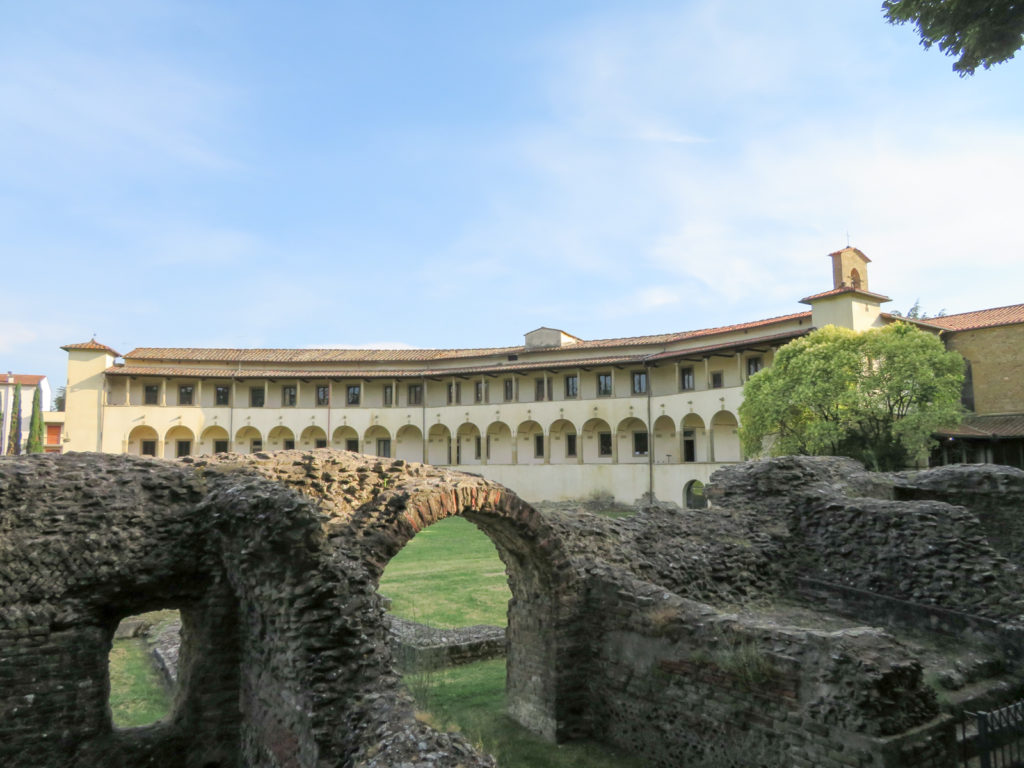

Most of the pottery and figurines in the museum were behind glass and didn’t photograph well, but we did capture a few representative pieces.
